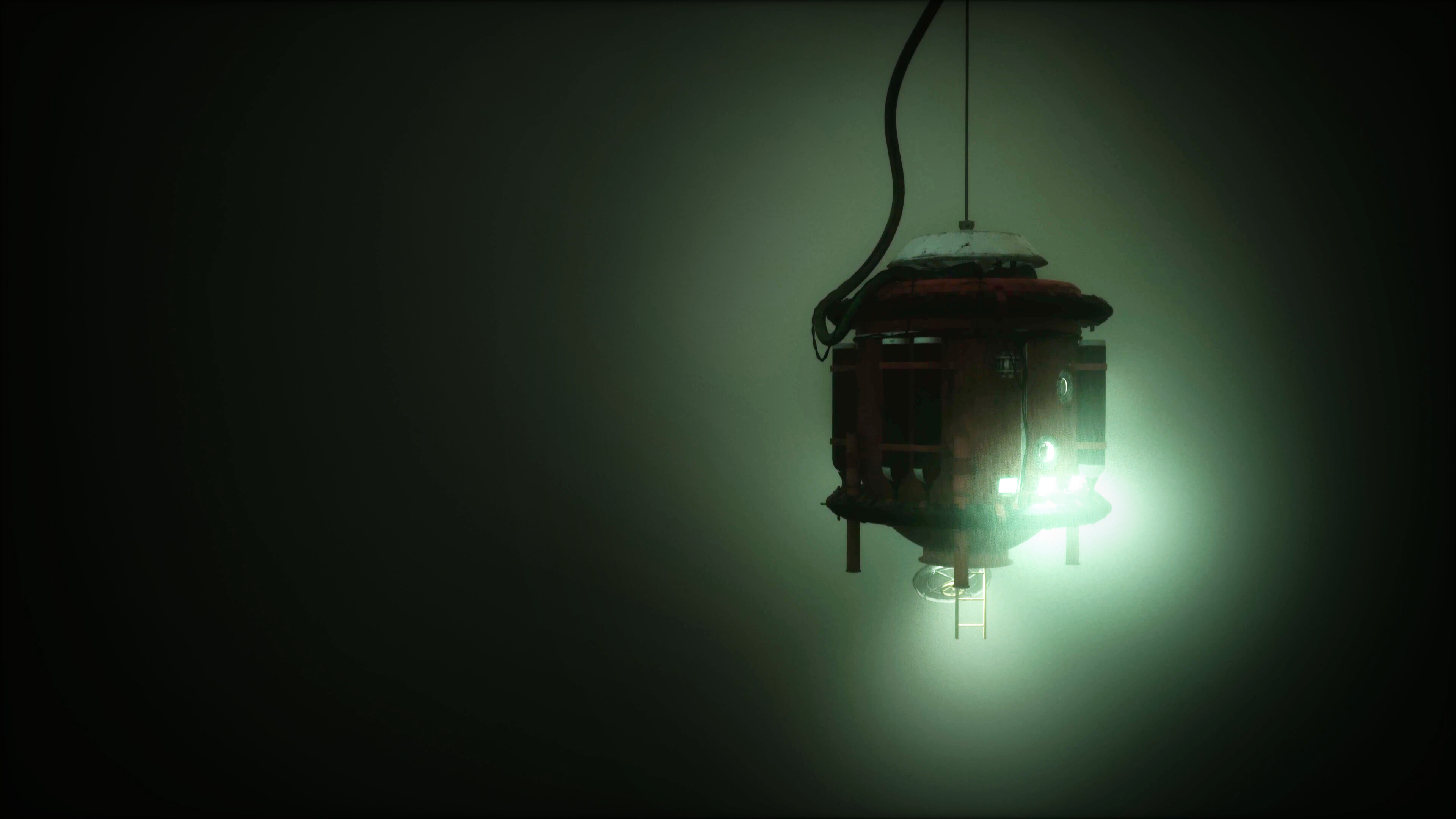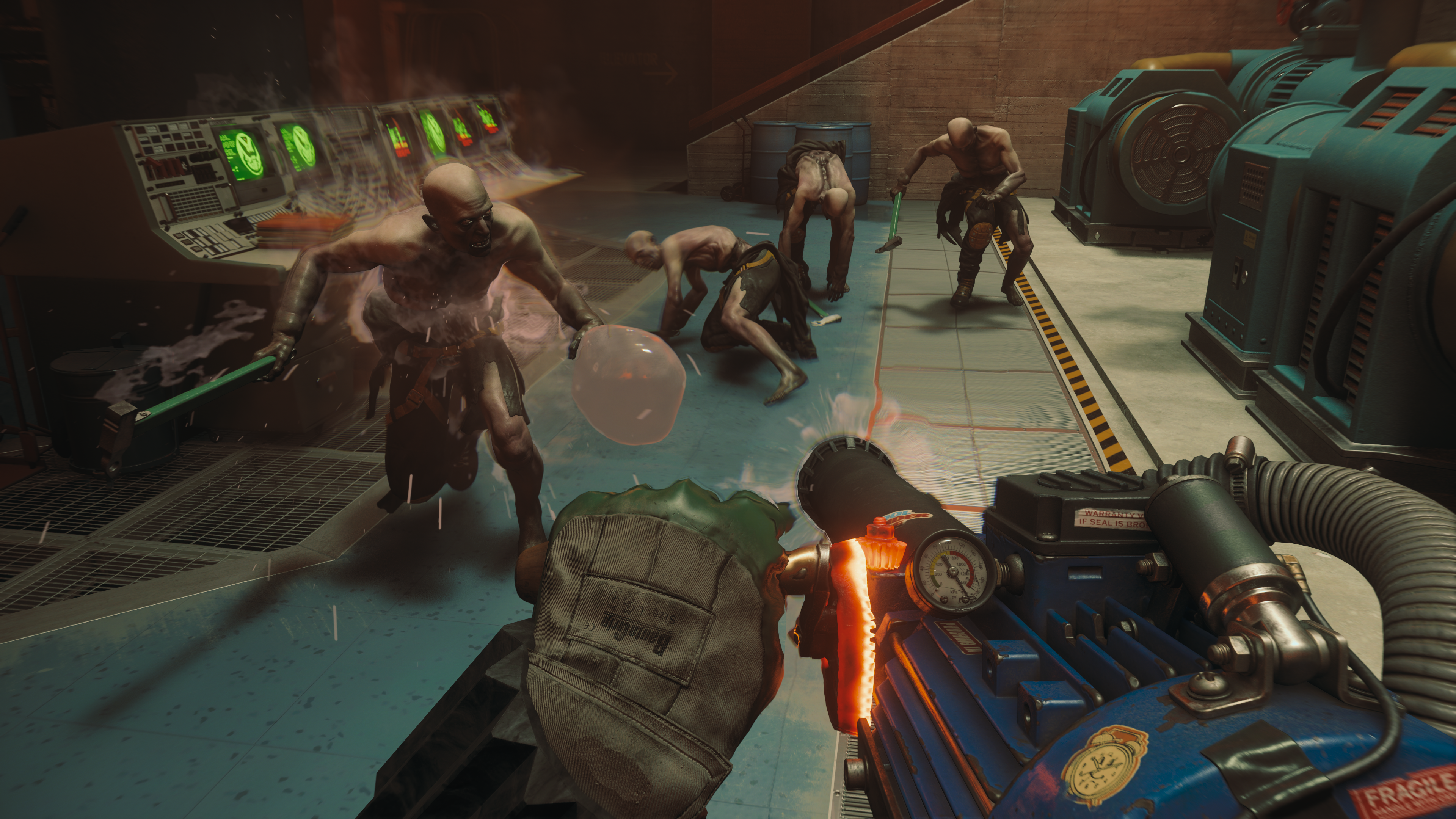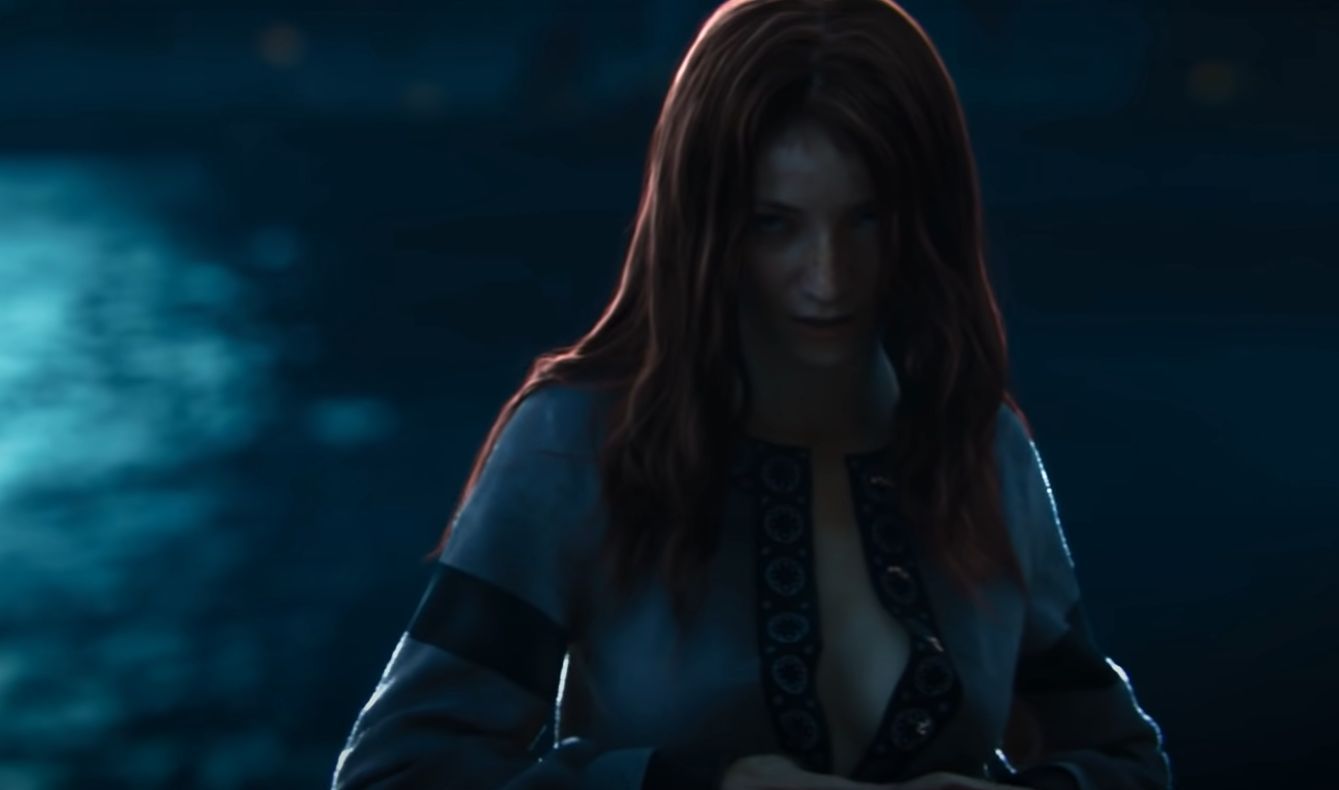It’s like it’s 2013 all over again – the world is captivated by The Last of Us. But what was once an obsession for just PlayStation owners is now a much broader phenomenon, with gamers and non-gamers alike enraptured by HBO’s critically-acclaimed television adaptation. At this point, with a Metacritic score of 84 and the season finale in sight, it’s safe to say that Naughty Dog’s game has translated beautifully to the screen.
Just one year ago, though, the same couldn’t be said about another live-action project adapted from the studio’s work. 2022’s Uncharted movie, starring Tom Holland and Mark Wahlberg, was a critical dud. While our own review was more positive than the majority that contributed to its Metacritic score of just 45, we wrote that it was “safe but serviceable” – a far cry from the glowing reviews received by The Last of Us.
The gulf between these critical scores does more than separate a poor movie from a great television show. They also point to the growth and maturation of Naughty Dog as a storyteller. The studio has honed its craft over 15 years, and these adaptations draw on two very different ends of that decade-plus journey; periods that can broadly be described as the ‘Hennig era’ and ‘Druckmann era’.
The Uncharted movie pulls from the Hennig era. Back in 2004, with the dawn of the PlayStation 3 approaching, Naughty Dog sought to explore new territory beyond the 3D platformers it was known for. Led by director Amy Hennig, the studio created Uncharted: Drake’s Fortune, an incredibly cinematic spin on the kind of adventures typically associated with Lara Croft. Inspired by pulp magazines and Indiana Jones, Uncharted had a romantic sense of adventure; light and breezy, even in the face of danger.
Hennig helmed Uncharted for three wildly successful games, each of which remain beloved to this day. It’s easy to see the brilliance in their globe-hopping roller coaster rides, packed with clever action sequences and beautiful environments. Its cast of characters are remarkably well drawn, each with a distinct tone; Nate embodies the loveable scoundrel, Sully the grizzled mentor, and Elena the tenacious reporter. But, as robust as these characters are, those descriptions reveal the challenge in adapting Uncharted into a movie.
In those PlayStation 3 days, Uncharted’s characters were one-dimensional archetypes. Compelling archetypes, absolutely, but archetypes nonetheless. And that was absolutely fine, because Uncharted was an action-adventure video game and interactivity, not character depth, was the most vital component. It’s baffling, then, that the PS3 era was the water from which the Uncharted movie drank.
Much like Uncharted, The Last of Us used cinematic archetypes for its central characters, but it went to significant lengths to examine them on a much deeper level.
The result was a film headlined by a charming-but-generic Tom Holland in Nathan Drake cosplay, accompanied by his cookie-cutter grumpy mentor. There’s naturally more faults at play here – it didn’t help that their quest was a forgettable chain of ‘best of’ Uncharted moments rendered inexplicably dull – but had director Ruben Fleischer and the writing team drawn their inspiration from later in the Naughty Dog timeline, the fate of the Uncharted movie could have been very different.
2013 was an important year for Naughty Dog. The release of The Last of Us marked the start of the ‘Druckmann era’. Years prior, following the release of Uncharted 2, the studio split into two teams in order to focus on very different projects. Amy Hennig continued writing and directing Uncharted, while her co-director, Bruce Straley, and co-writer, Neil Druckmann, started work on a brand new survival horror project. Much like Uncharted, The Last of Us used cinematic archetypes for its central characters – the grizzled smuggler and the precocious teenager – but it went to significant lengths to examine them on a much deeper level. It explored themes of morality, companionship, ethics, and grief against the backdrop of a zombie-like apocalypse. Its characters went through significant arcs that saw them change, for better or worse. It was released in 2013 and was quickly hailed as not just one of the best video games of all time, but an exceptional story in its own right.
It’s unsurprising, then, that The Last of Us has been so successful as a television show. To put character development ahead of action and even, in some respects, plot means that the game’s narrative side is much more aligned with ‘prestige drama’ than it is typical AAA video game stories. But beyond that, Druckmann and Straley’s approach to aligning The Last of Us’ gameplay with its cinematic influences makes it even more suited to adaptation. The show features sequences pulled practically wholesale from the game, presented in the same manner, and never do they feel out of place. Even when replicating moments in which the player has control of the camera, such as the car ride through Austin during the prologue, the show feels perfectly at home in its medium. It’s not a video game TV show, it’s just a TV show. Compared to the likes of the Halo series, which misguidedly embraces its FPS roots with first-person sequences, the result is night and day.
In 2014 Amy Hennig left Naughty Dog, leaving a vacancy at the head of Uncharted. Druckmann and Straley stepped in as the series’ new guardians, and they had ambitious new plans for Nathan Drake. The duo, along with writer Josh Scherr, introduced the character complexities of The Last of Us to Uncharted 4.
The success of The Last of Us as a show is a reflection of Naughty Dog’s maturation as a storyteller.
In the prior game, Drake’s Deception, Hennig had planted a seed that suggested that Nate valued treasure hunting over his own relationships. Druckmann and Scherr drilled deep into that concept, exploring a protagonist who had become addicted to adventure, much to the detriment of his marriage to Elena. The more mature story challenges our perception of Nate, and proceeds to rehabilitate both him and his relationships through a story where characters experience pain, betrayal, and – most importantly – growth. No longer were these adventurers merely fun friends to hang out with – they were genuine people. All this in a game that’s no less exciting than the popcorn trilogy that preceded it.
It’s from Uncharted 4’s enriched waters that the movie should have drunk. That’s not to say the film had to be a darker, more introspective story in the way that A Thief’s End was. Rather, it needed to have the robust layers, motivations, and development arcs we see in the fourth game. Characters can be genuinely interesting without being gloomy, but to be so they need depth and humanity; something Nate and Sully lacked entirely in the movie. And without any playable sequences to occupy viewers’ minds and hands, that was sorely obvious.
After work on Uncharted 4 was completed, Bruce Straley moved on from Naughty Dog. But even without Straley by his side, Druckmann continued the growth trajectory the pair started with Joel and Ellie’s first story. The Last of Us Part 2 doubled down on those deeper, more nuanced character arcs as part of a path that led the studio into much darker, more divisive territory. With the help of screenwriter Halley Gross, Druckmann had the Ellie-centric sequel explore complex and fraught relationships between women. It analysed the cycles of violence that emerge and fester within those unable to deal with their own vengeful motives. It’s a sprawling epic that works as a distinct milestone for how far the studio’s approach to character and narrative has come. It will likely make for an astonishing season (or two) of the TV show. We’re even already seeing signs of its themes in this first season through new character Kathleen, whose community suffers while she blindly chases revenge for her brother’s murder.
The success of The Last of Us as a show is a reflection of Naughty Dog’s maturation as a storyteller. While the studio hasn’t put out a bad game since the days of Crash Bandicoot, there’s been a clear and fascinating growth period over the past 15 years that has seen it evolve from exciting games studio to remarkable storyteller. We often talk about how video games need to be sufficiently changed and translated for an adaption to be successful. HBO certainly has done that for The Last of Us, but the fact that Druckmann and showrunner Craig Mazin were able to use so much of the game’s original script (and even direction) wholesale is the ultimate testament of Naughty Dog’s maturing narrative talents.
Matt Purslow is IGN’s UK News and Features Editor.






